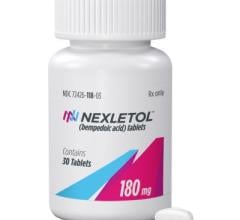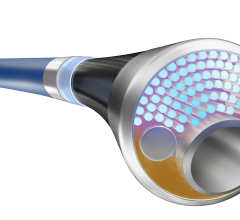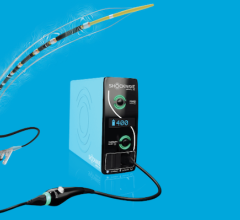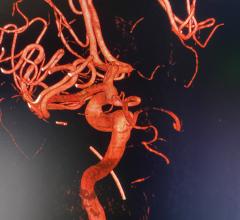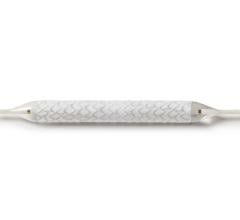
October 1, 2013 — The U.S. Food and Drug Administration (FDA) approved Medtronic Inc.'s Complete SE (self-expanding) vascular stent for use in the lower extremities, specifically the superficial femoral artery (SFA) and proximal popliteal artery (PPA), which carry blood through the upper legs.
The FDA originally approved the same device for use in the iliac arteries, which perfuse the pelvis. It also has the Conformité Européene (CE) mark for iliac and, most recently, SFA and PPA indications.
The Complete SE SFA study, an independently adjudicated single-arm multicenter trial that enrolled 196 patients at 28 sites in the United States and Europe, supported FDA approval of the new SFA and PPA indications. The study showed a clinically driven target lesion revascularization (repeat procedure) rate of 8.4 percent at 12 months, which is among the best performances in clinical trials of contemporary self-expanding peripheral stents for the treatment of SFA/PPA lesions.
Additionally, there were no in-hospital major adverse events (MAE) among study patients, and the total MAE rate at 12 months was 11 percent. The Kaplan-Meier estimate of primary patency at 360 days was 90.9 percent; at the time of the last duplex ultrasound assessment (553 days), primary patency was 72.5 percent. No stent fractures occurred through 12 months.
The study also showed statistically significant improvements in multiple measures of clinical and functional effectiveness:
- More than 80% of the patients had achieved a Rutherford classification of 0 or 1, the favorable end of the 0–6 scale, at 30 days, and that benefit persisted through six months and one year of follow-up.
- On walking assessment measures at 12 months, absolute improvement in impairment was 37%, distance was 32%, speed was 22% and stair climbing was 23%.
- 65% of the patients showed an improvement of 0.15 or more on their ankle-brachial index (ABI) or toe-brachial index (TBI) scores over the 12-month follow-up period. The mean ABI/TBI score at 12 months was 0.9.
These outcomes were achieved despite the challenging nature of the patient population:
- 45% of the patients had diabetes, and 67% had a Rutherford classification of 3 or higher at baseline.
- 50% of the treated lesions were located in the distal segment of the artery, and 91% were moderately or highly calcified.
“The Complete SE vascular stent has demonstrated compelling clinical results in this study, which included a broad spectrum of patient and lesion types,” said John Laird, M.D., primary investigator and medical director of the UC Davis Vascular Center near Sacramento. “It is also among the most deliverable and easy-to-use devices of its kind.”
For more information: www.medtronic.com

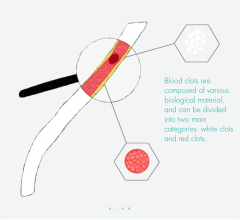
 December 16, 2024
December 16, 2024 
